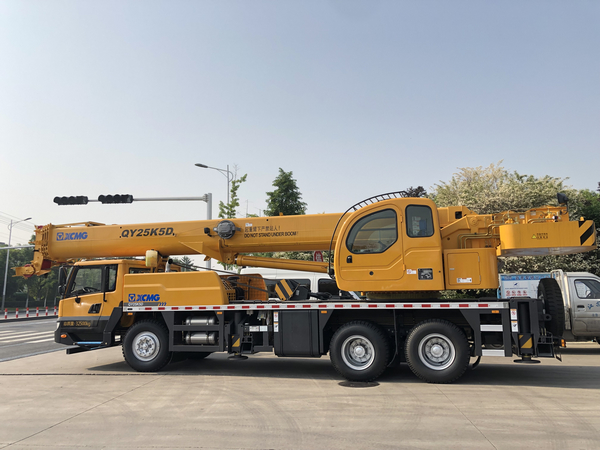The use of cranes dates back thousands of
years, with ancient Egyptians and Romans employing primitive wooden structures
for construction. In the industrial age, mobile mechanical cranes emerged,
evolving into truck, crawler, and all-terrain types.
In the early 20th century, Europe developed
truck cranes, which featured compact structures, quick transfers, and low
costs. By the 1960s, all-terrain cranes appeared with multi-axle drive, oil-gas
suspension, and hydraulic damping, enhancing adaptability and lifting capacity
at higher costs.
In 1890, British company COLES introduced a
mobile crane with a railroad plate chassis and steam power. Founded in 1879,
COLES became a European crane leader and, in 1918, built one of the world’s
first electrically powered truck cranes. Post-WWI, automobile chassis were widely
adopted in construction machinery. WWII further drove military crane
development. After the war, mechanical cranes advanced with hydraulic support,
welded structures, high-strength steel, and standardized wire ropes, improving
performance and reliability.
Post-WWII, the U.S. dominated the global
crane market until the 1960s, when European manufacturers resurged. COLES
launched record-breaking truck cranes in the 1960s and 1970s but ultimately
went bankrupt in the 1980s, later acquired by GROVE.
Founded in 1947, GROVE led innovations such as the first telescopic boom crane (1965), the first slewing all-terrain crane (1968), and box-type telescopic boom cranes (1970). After acquiring Germany’s Krupp Crane in 1995, GROVE was acquired by a U.S. company in 2002 and introduced the GMK 7450/7550, a flagship model with a 450–550 ton capacity, a 7-axle chassis, and a boom extending up to 130 meters.

2021-06-27
2021-09-30
2021-01-13
2021-01-14
2021-12-31
2021-08-10
2021-12-14
2021-01-15